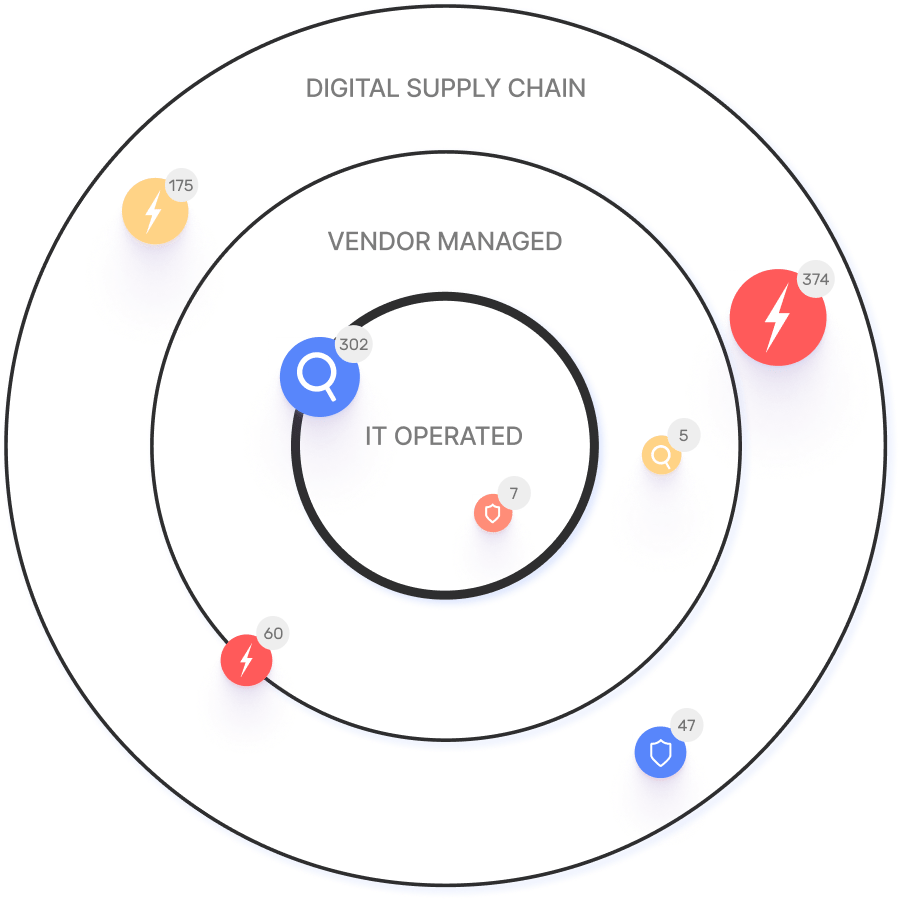Web Application Security: Security-by-Design Principles
The philosophy of Security by Design states that an application or system should be secure by default and design. This means that security should be built into the application from the very beginning rather than being “bolted on” as an afterthought. This approach enhances the overall security of the system by proactively working to prevent potential vulnerabilities rather than reacting to issues discovered during testing or due to a security incident.
In this article
Security by design principles are critical for web applications because these applications are high-value, publicly accessible software, making them a prime target for attackers. Implementing security by design for these apps reduces the risk that an attacker will be able to identify and exploit a vulnerability in them.
4 Essential Security-by-Design Principles
Security by design involves building security into every aspect of an application from the very beginning. The following principles highlight some of the most important security best practices for a web application.
#1. Authentication and Access Control Best Practices
Authentication and access control help to prevent an attacker from gaining unauthorized access to a web application and the associated user data and privileged functionality. Best practices for designing and implementing strong authentication and access controls include:
- Least Privilege Access: Web applications should be designed to grant a user the least amount of access required. This reduces the potential impacts of a malicious user or compromised account.
- Multi-Factor Authentication (MFA): MFA enhances account security by requiring multiple types of factors for authentication. Web apps should require MFA whenever possible and use strong authentication factors, such as biometrics, when available.
- Centralized Authentication Code: Authentication and access management functionality should be implemented in a single location for an application. This reduces the chance of errors and makes it easier to implement any required updates.
- Sanitized Error Messages: Error messages related to user authentication should provide the minimum amount of information possible. For example, an error message should say “Login failed” rather than “Incorrect password” to avoid revealing that a provided username was legitimate.
#2. Data Protection and Communication Security
Web applications commonly have access to highly sensitive user data, such as credit card numbers. This data should be protected both at rest and in transit by implementing the following security best practices:
- Use HTTPS: HTTPS uses Transport Layer Security (TLS) to encrypt and authenticate web traffic. Using HTTPS for web applications protects sensitive data from being read or modified by an eavesdropper.
- Implement HSTS: HTTP Strict Transport Security (HSTS) is an option for web applications that forces web browsers to use HTTPS even if the HTTP version of a site is requested. This helps to ensure that web traffic is properly authenticated and encrypted.
- Encrypt Sensitive Data: In addition to using HTTPS, web applications should encrypt sensitive data in storage. This protects against exposure to an attacker who gains access to the web server or database server.
- Use Backups: Important data may be lost to system failure, ransomware, and similar threats. Data should be backed up regularly and stored securely (e.g., encrypted).
- Deploy a WAF: A web application firewall (WAF) is a key component of a secure web application design. It can identify and block attempts to exploit vulnerabilities in deployed web applications.
#3. Input Validation and Output Encoding
Several common attacks targeting web applications, such as injection and XSS, take advantage of poor input and output sanitization. Best practices for protecting against these security risks include the following:
- Validate User Input: An attacker may provide malicious or malformed input to an application to exploit an injection vulnerability. All inputs should be tested server-side to ensure that they match expectations and rules for that input.
- Use Allowlists and Schemas: When possible, allowlists and schemas should be used for input validation. These explicitly define the types of inputs that are permitted and are more difficult to evade than blocklists, which attempt to define all disallowed inputs.
- Encode HTML Outputs: Any data provided by the user and included in the contents of an HTML webpage should be encoded. This helps to protect against cross-site scripting (XSS) attacks, where some user-provided input is interpreted as HTML code.
- Inspect All Outputs: Any information output to the user should be inspected and validated, ideally using allowlists and schemas to prevent information disclosure. For example, an attacker may exploit a command injection vulnerability to access files on the web server, and the resulting data should not be provided to the user.
#4. Security Testing and Continuous Monitoring
Proactive vulnerability management and detective security controls are essential to manage the risk of a cyberattack against web applications. Some key best practices related to security testing and continuous monitoring include:
- Logging and Monitoring: Applications should be configured to log significant events, such as failed logins, and these logs should be continuously monitored. This allows the organization to identify and respond to signs of a potential security incident.
- Continuous Vulnerability Scanning: Vulnerability scanning uses automated tools to identify security flaws in web applications. These should be performed continuously to provide up-to-date visibility into new potential threats.
- Regular Penetration Testing: Penetration testing is a human-led investigation of a system’s vulnerability to a particular threat. Penetration tests should be performed regularly to assess a web application’s defenses against various threats.
- DevSecOps Integration: A security by design mindset means building security into an application from the very start. This includes defining security requirements during planning, integrating security scanning tools into CI/CD pipelines, and testing against security requirements and use cases in the testing phase of the Software Development Lifecycle (SDLC).
Securing Web Applications with IONIX
Web applications make up much of an organization’s public-facing digital attack surface, making them a major target. Implementing security by design principles helps reduce an organization’s exposure to these threats.
IONIX complements security by design practices via proactive attack surface management. Simulated attacks and continuous monitoring surface major vulnerabilities and security threats, enabling security teams to address the biggest risks to the business. To learn more about securing your web applications with IONIX, sign up for a free demo.



